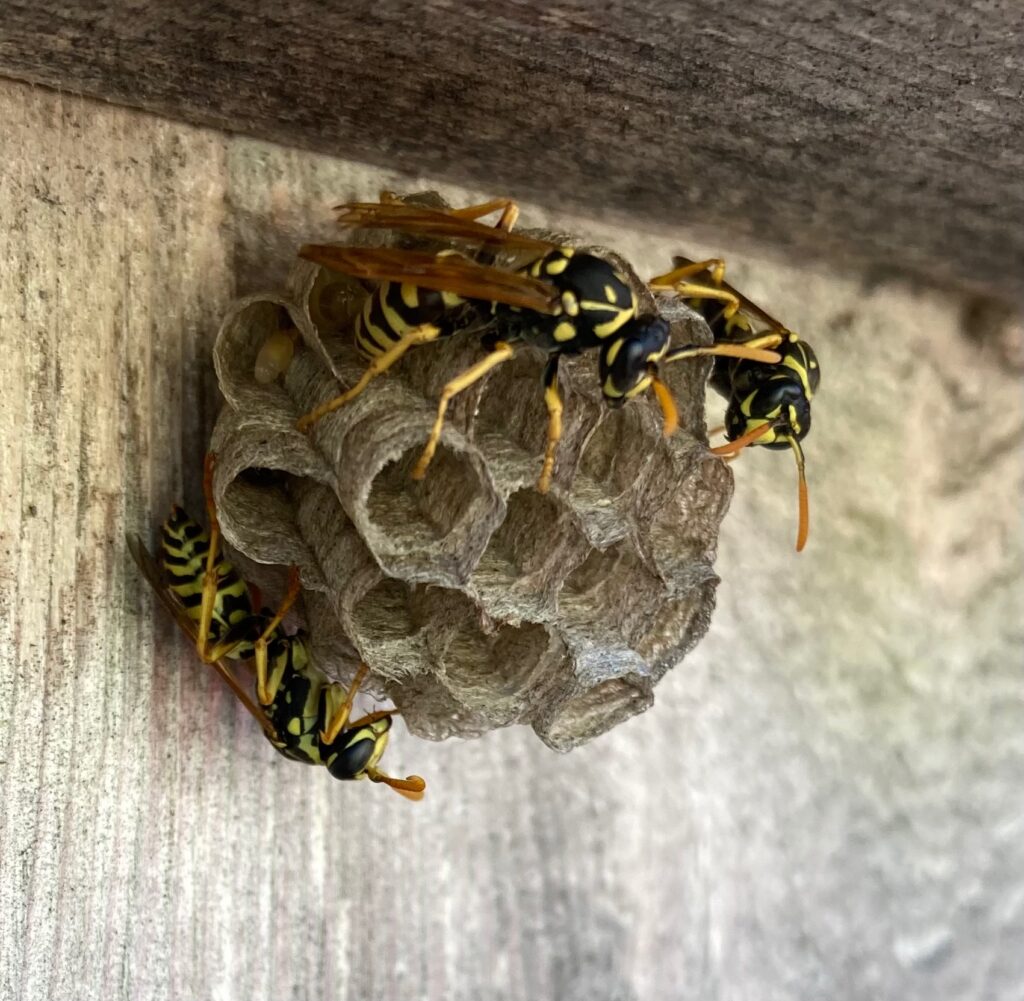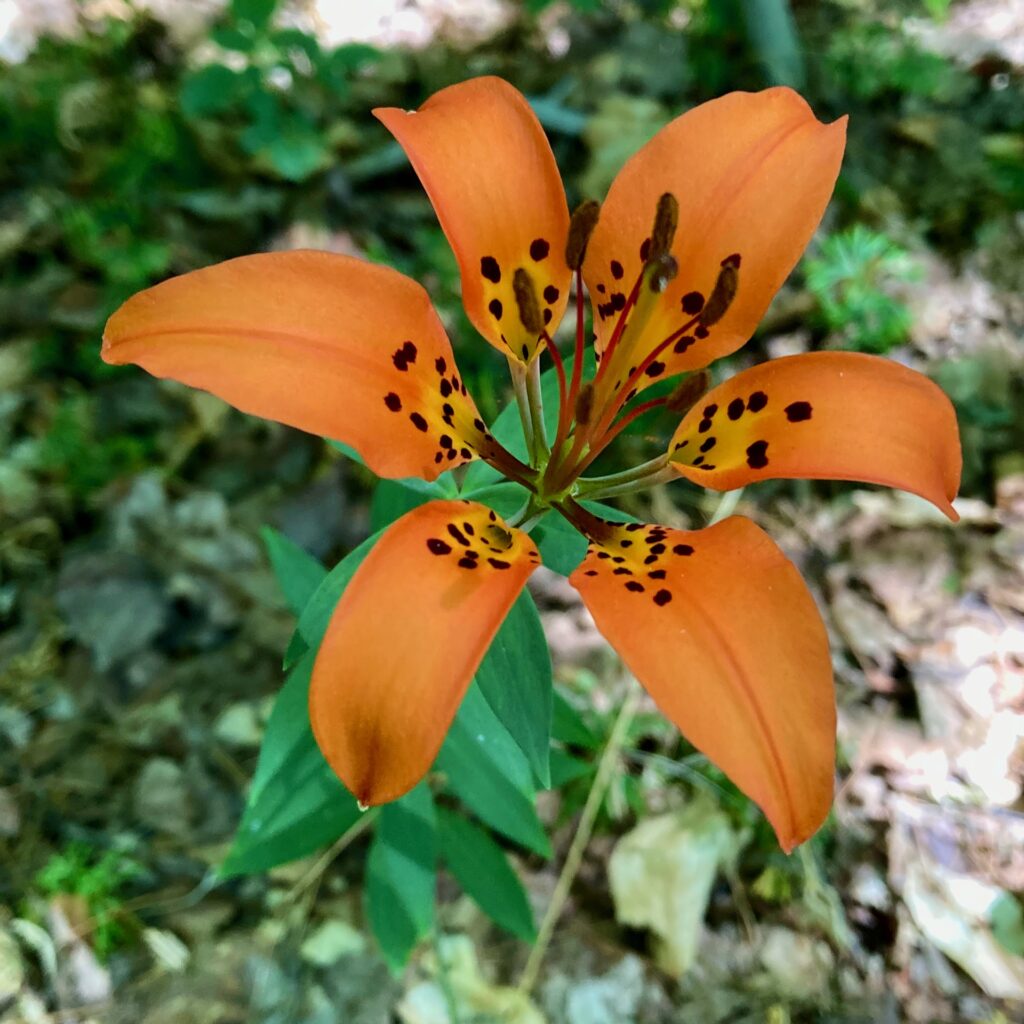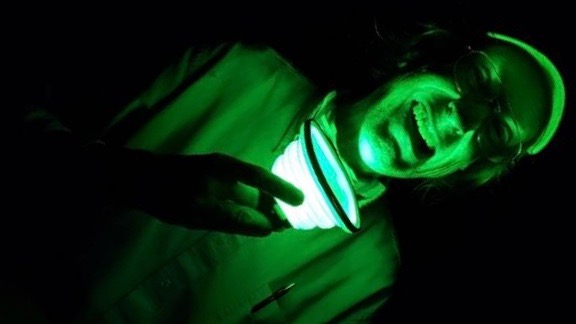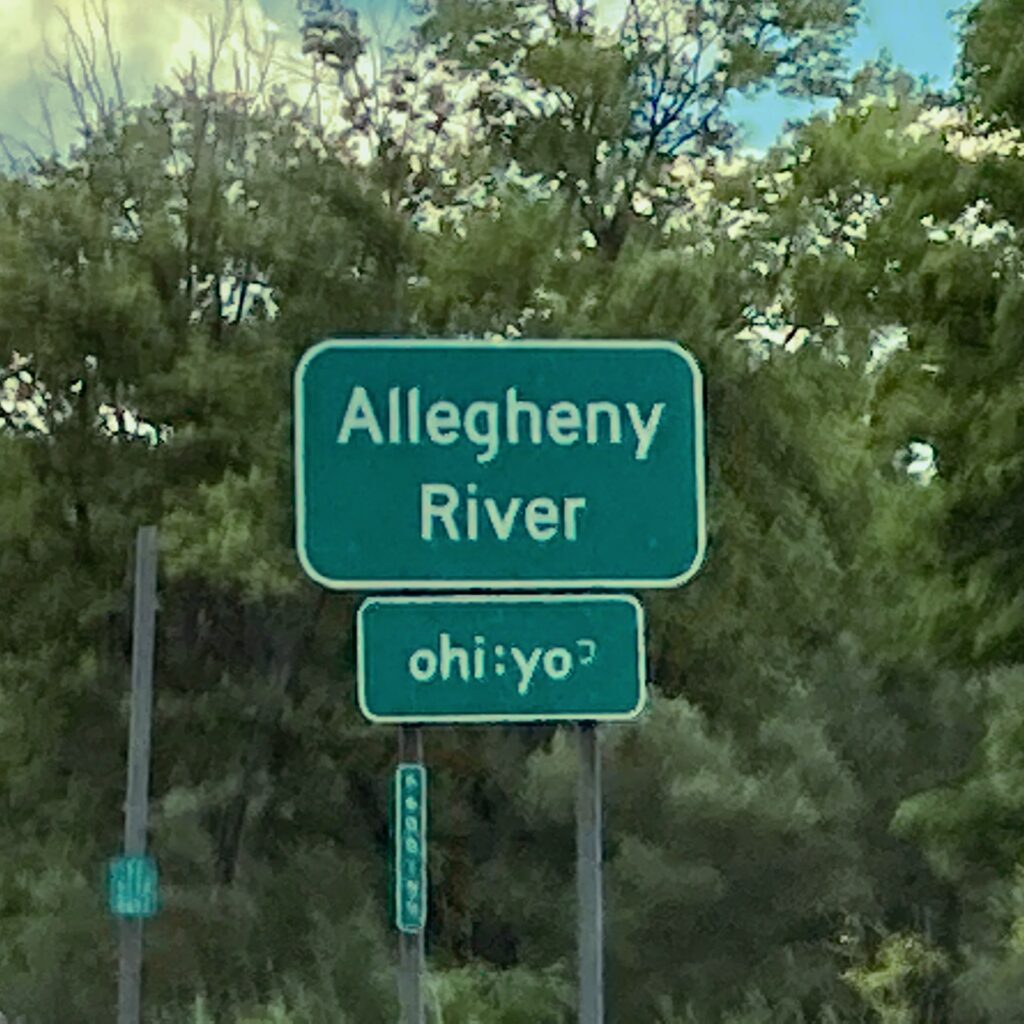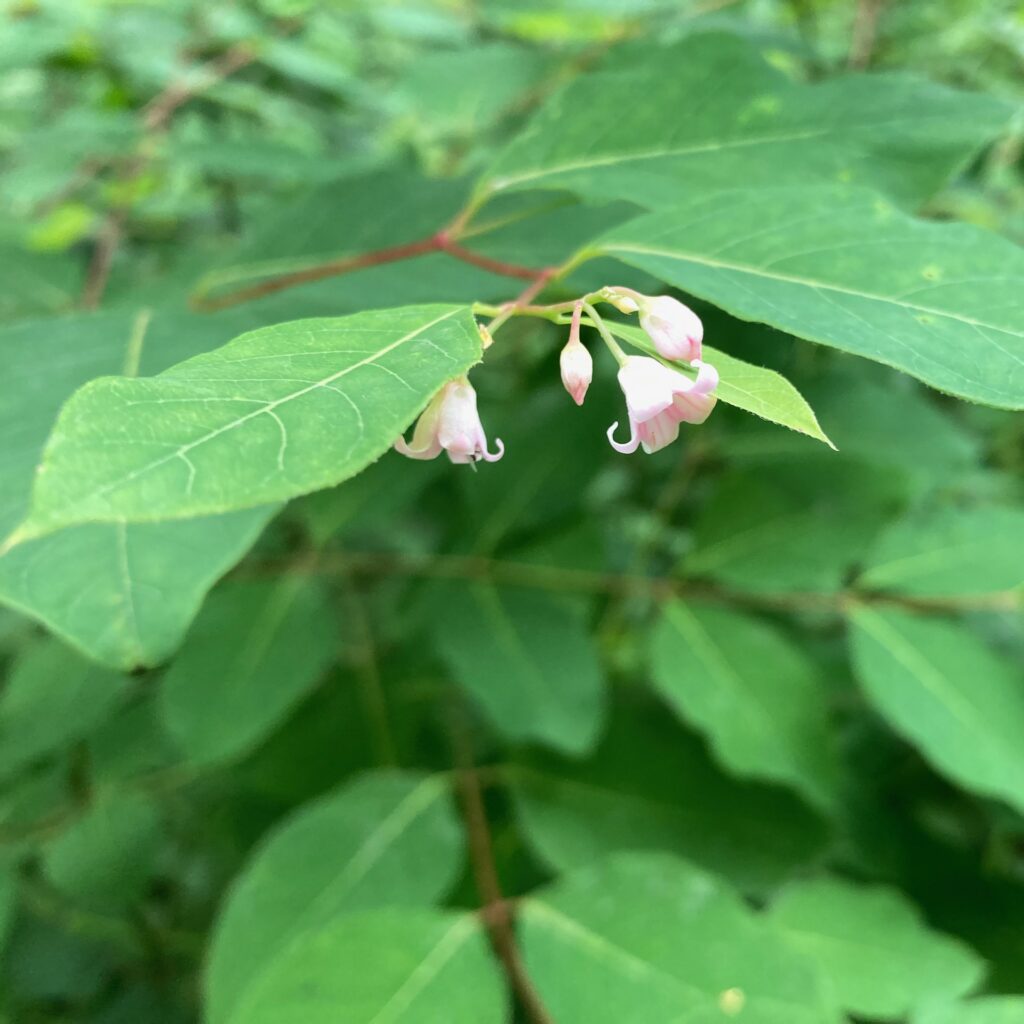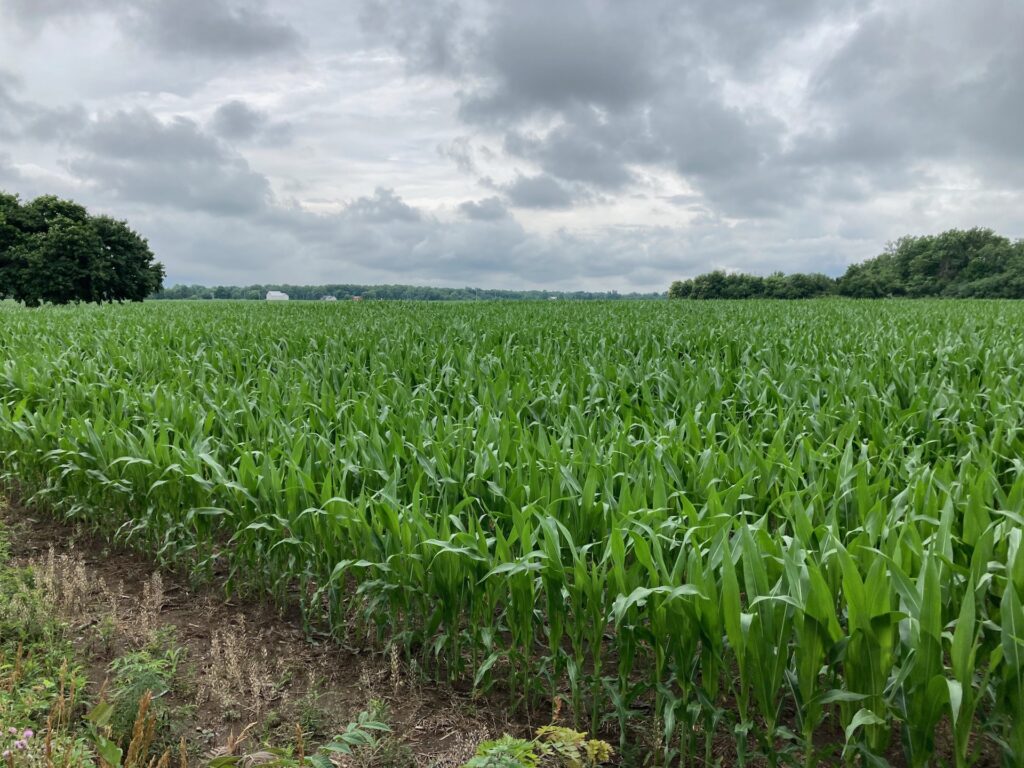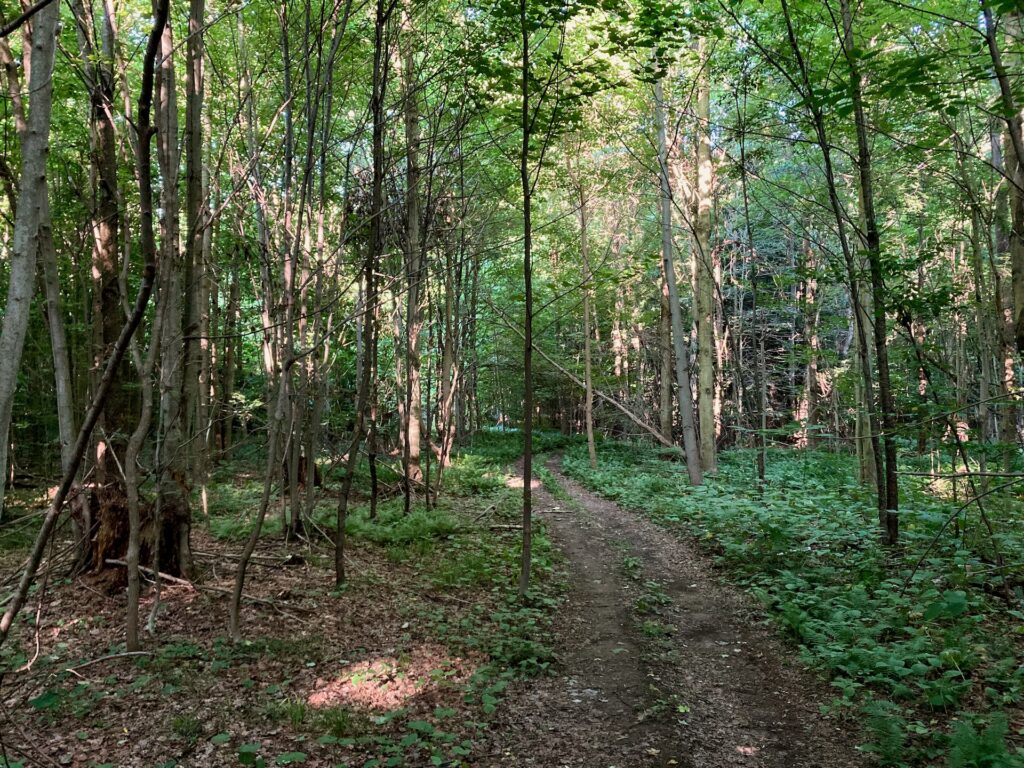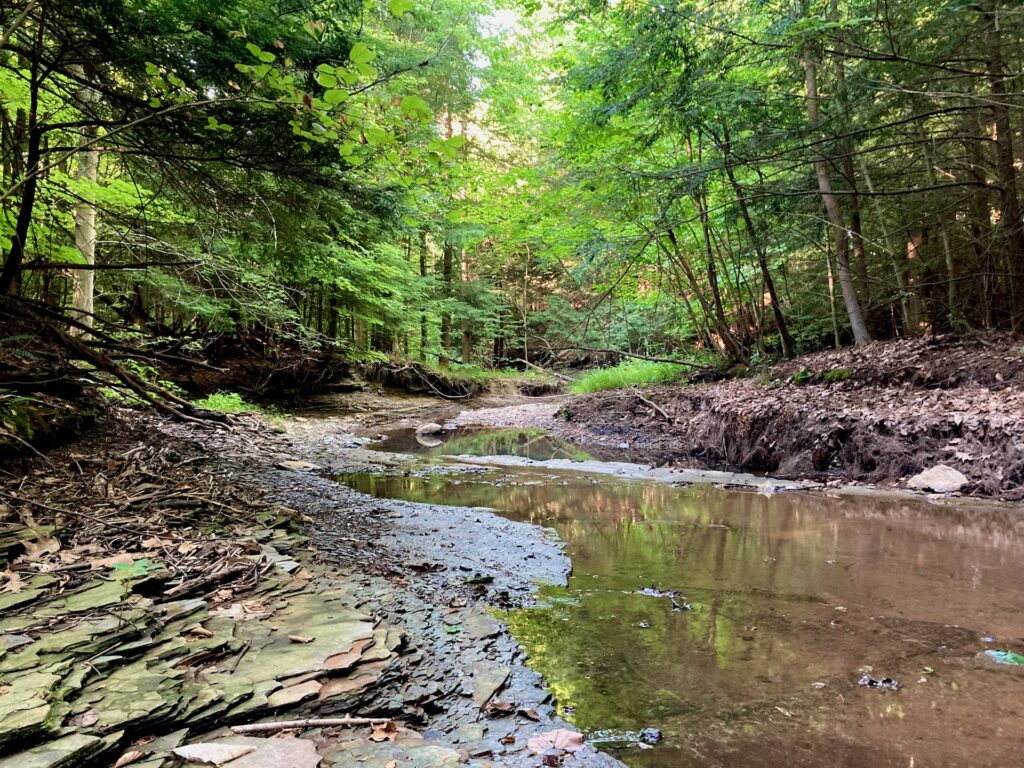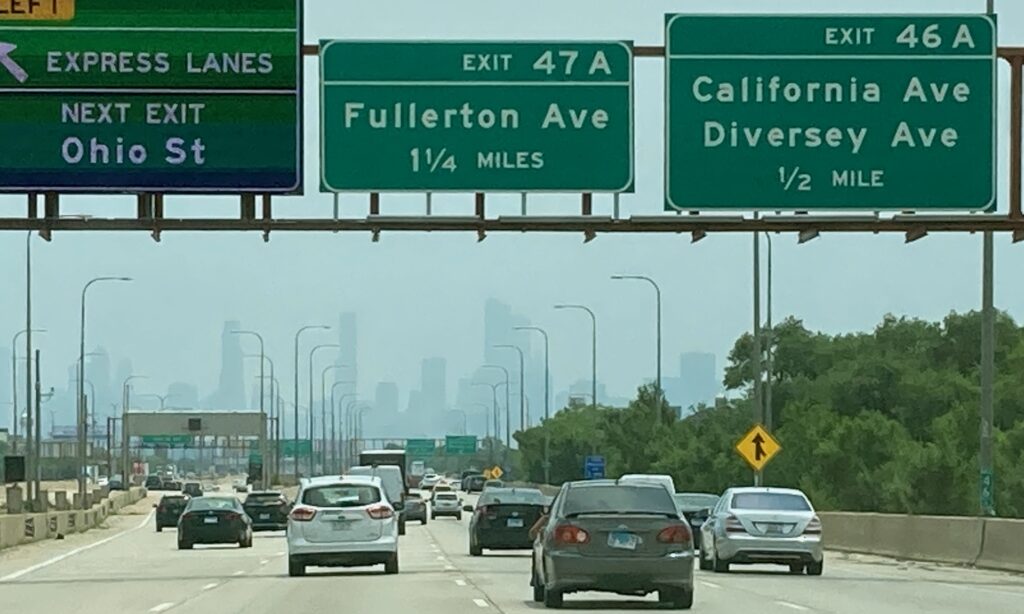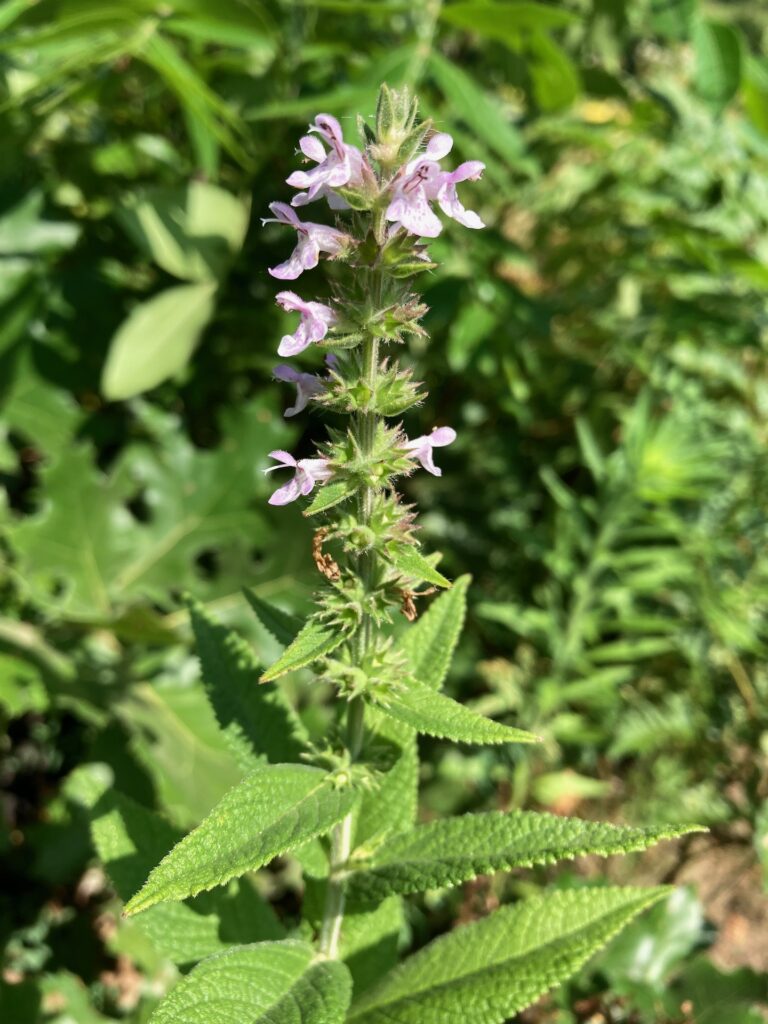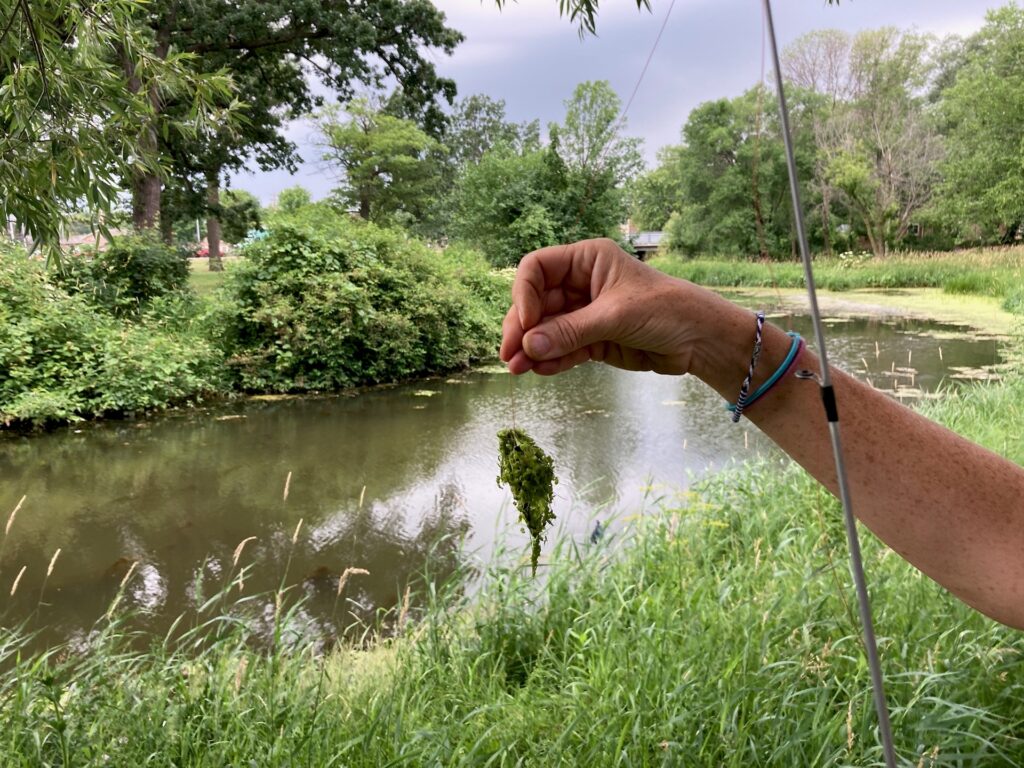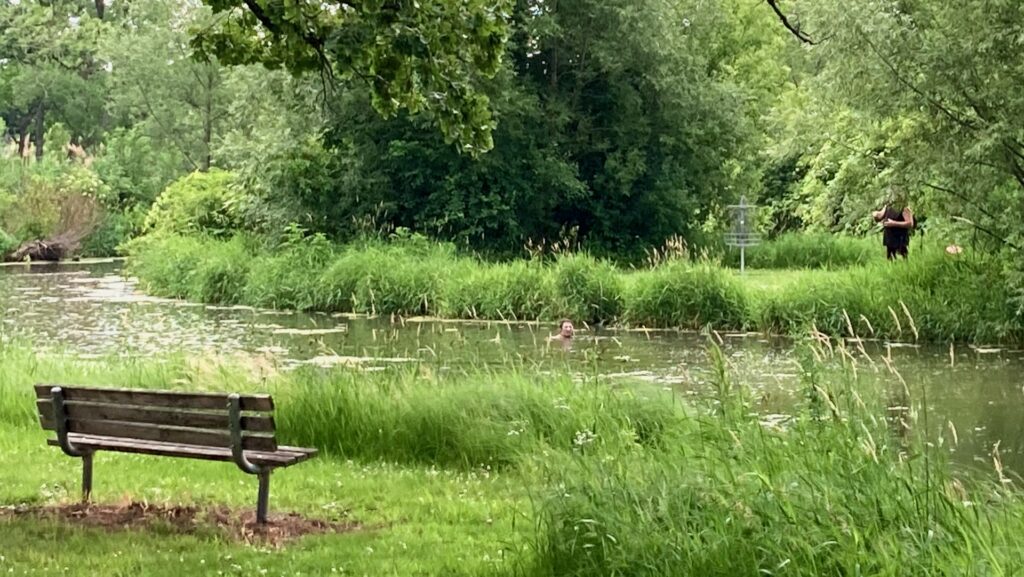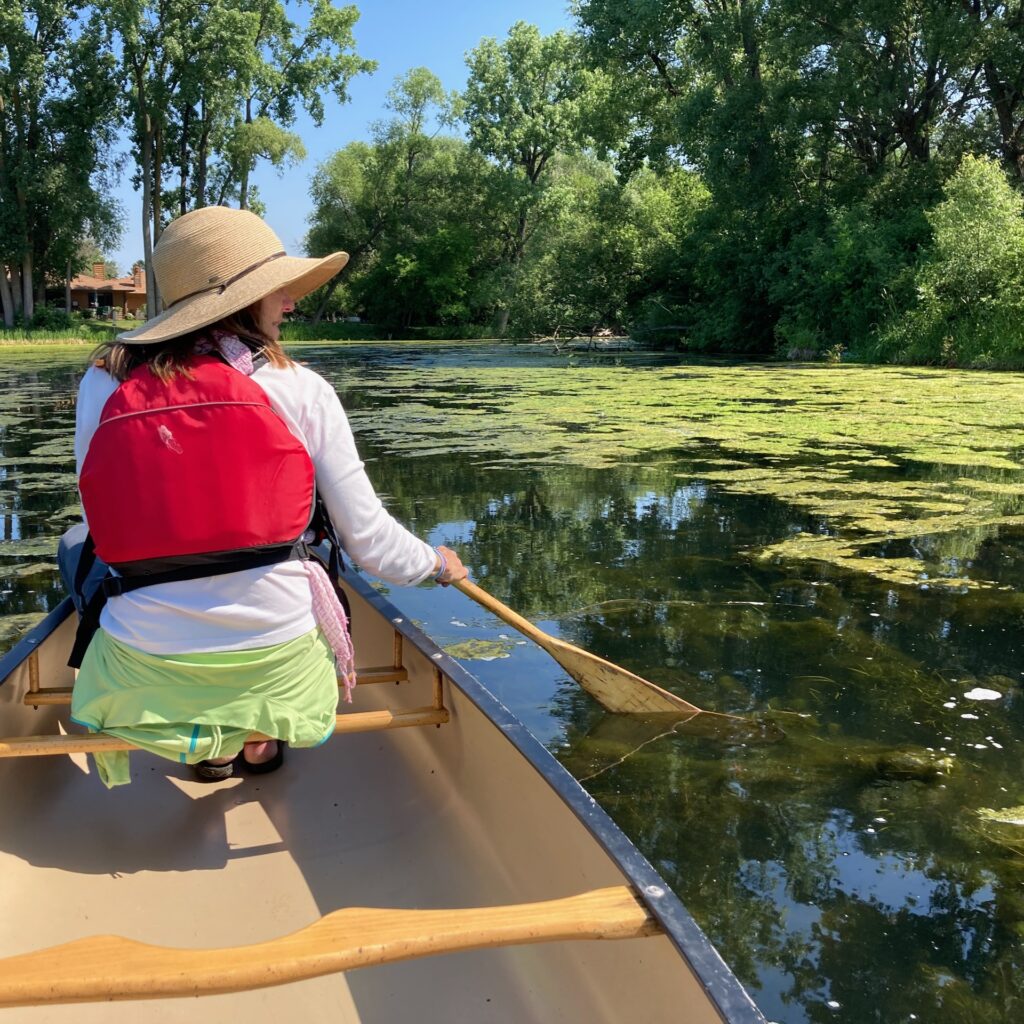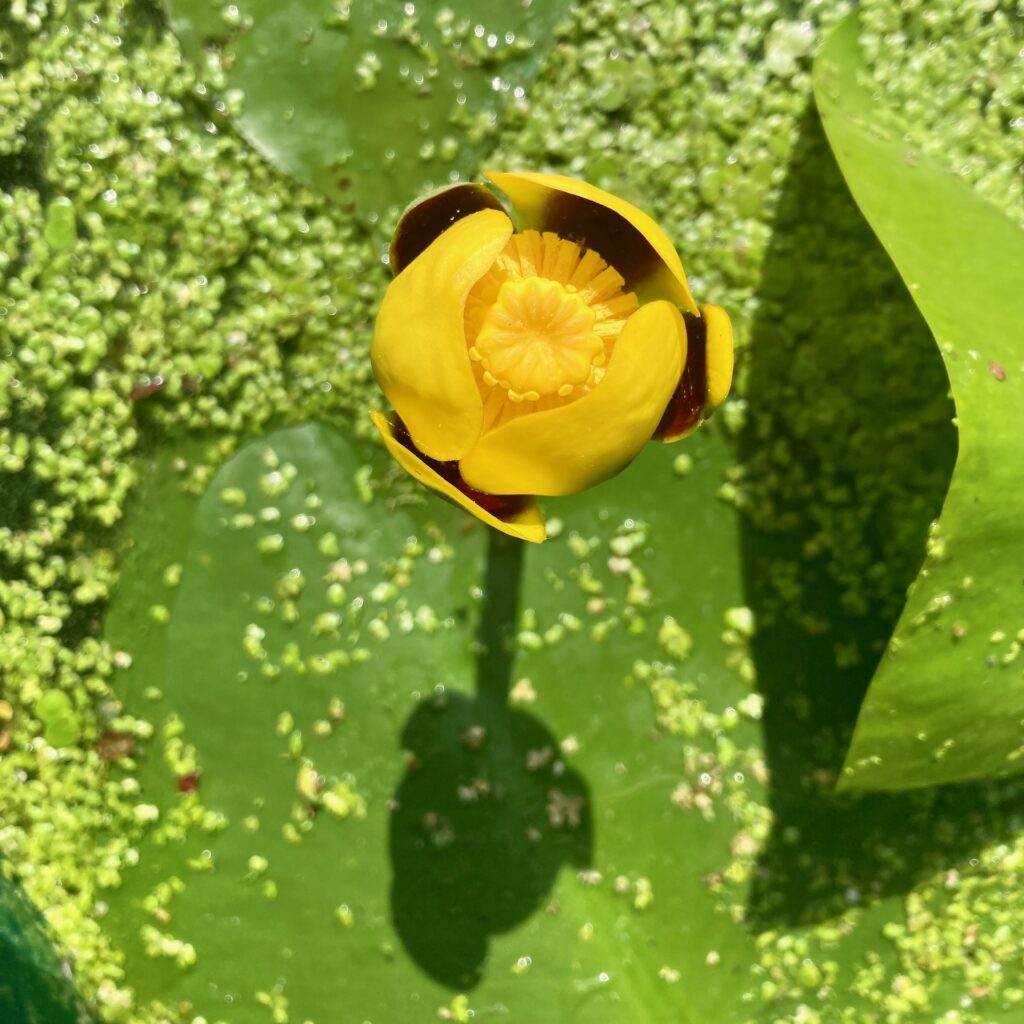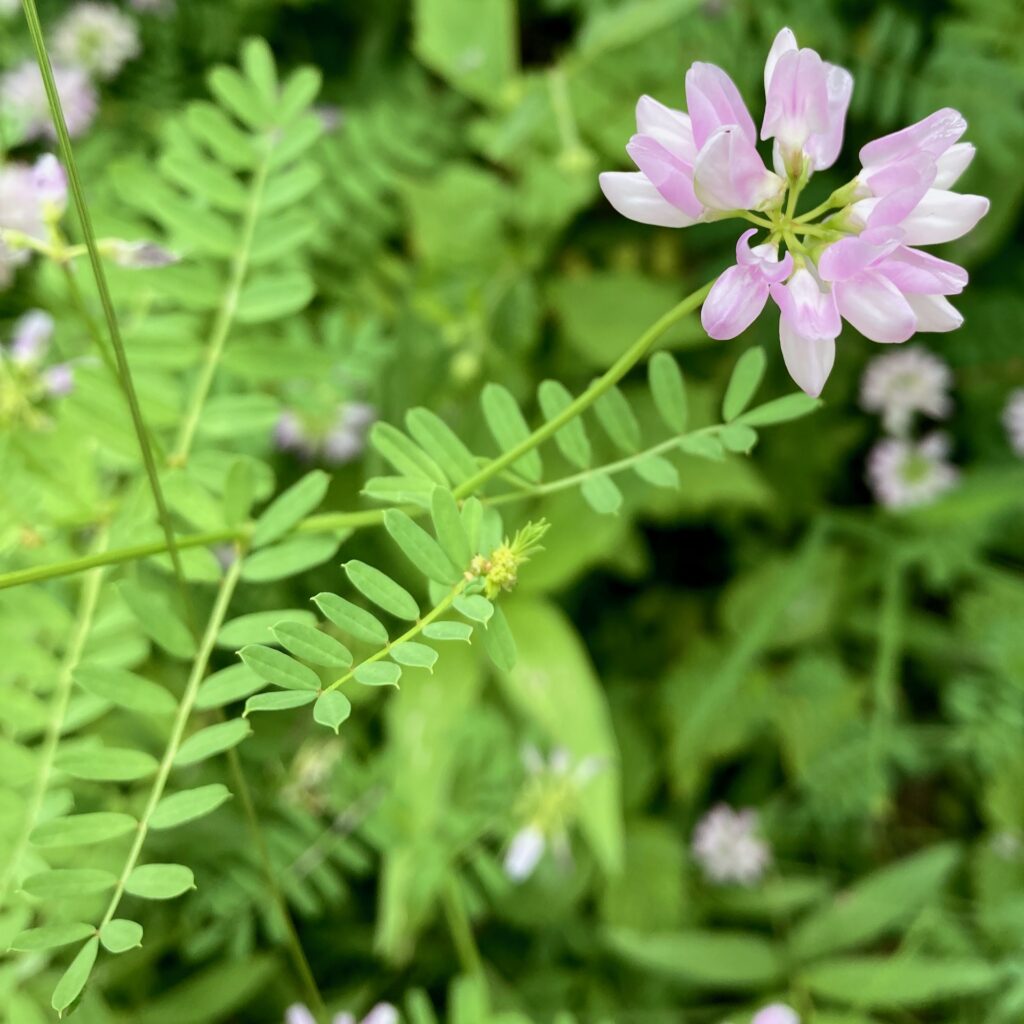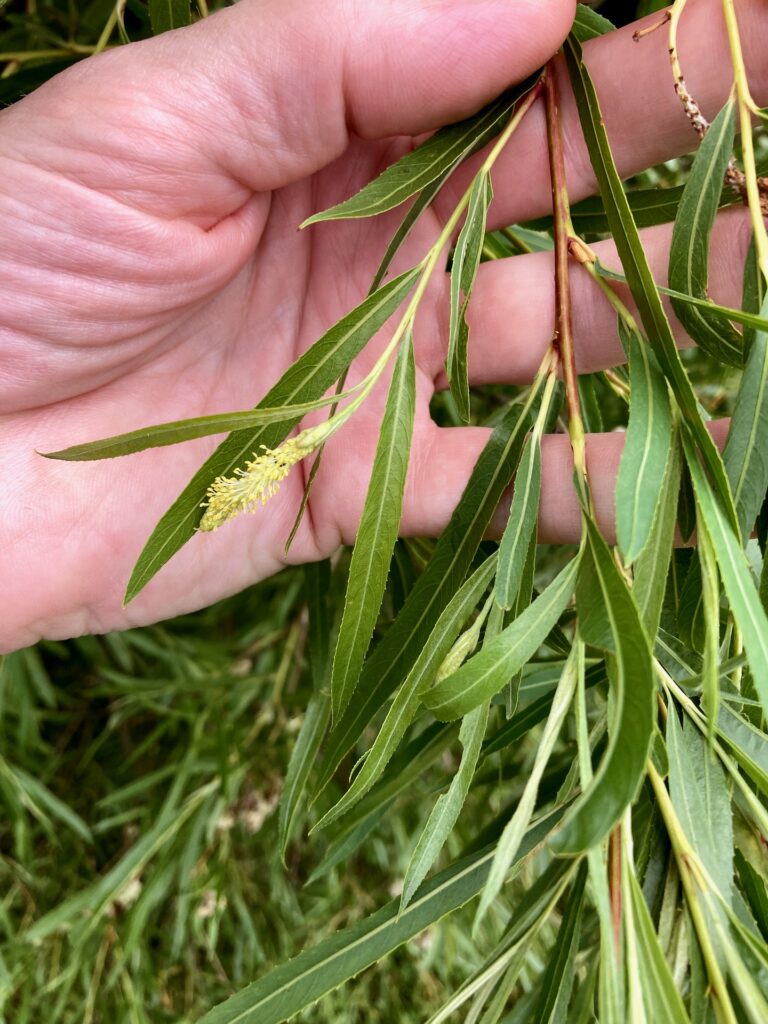This afternoon, Carol and I drove up to Bath, Maine, to sing Sacred Harp on the gazebo in the center of Bath. It turned out to be an excellent place to sing, which may show that a good singing space does not need walls if you have a wood ceiling and a wood floor. And with no walls, we were much less worried about transmitting COVID, especially with the stiff breeze that was blowing. It also turned out to be an excellent group of people to sing with. As Carol said after the singing, “It was a really tight group.”
After the Sacred Harp singing was over, we got takeout food. We ate dinner in a city park overlooking the Kennebec River. This is the furthest east we will travel on our cross-country trip.
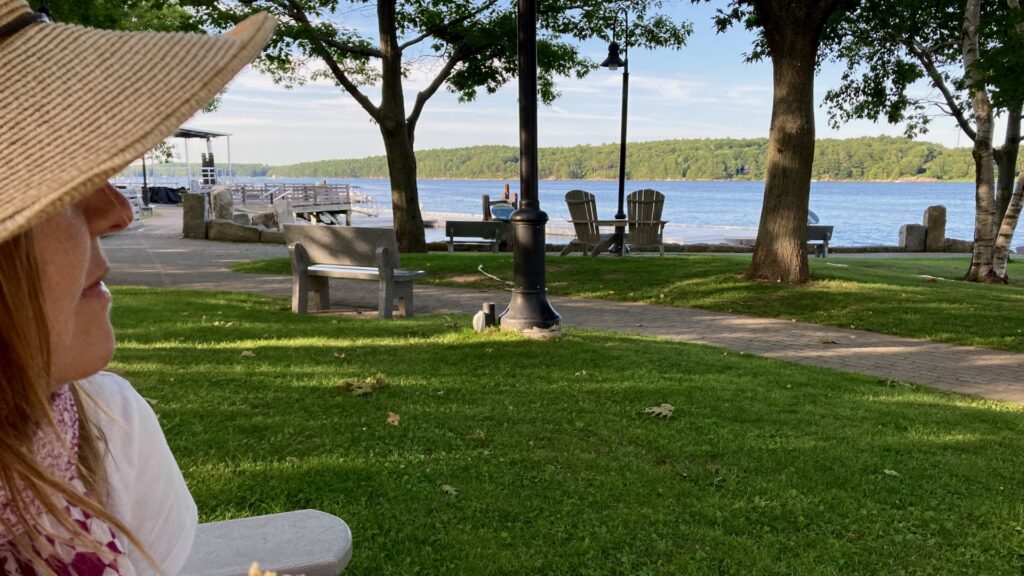
A quick meomry from our cross-country trip that I forgot to write down earlier:
When we drove into Wyoming, a sign directed all vehicles with watercraft to pull into the Port of Entry for inspection — “including canoes and kayaks.” Signs directed us around the weigh station to a small building belonging to the Wyoming Fish and Game Department. A polite young woman carrying a clipboard and wearing a Fish and Game uniform greeted us. She was obviously checking for invasive species. She looked at the canoe on top of our car, and at our California license plates. “What was the last body of water you had the canoe it?” she asked.
I thought for a moment. We hadn’t used the canoe in the whole 13 years we’d lived in California. “The Atlantic Ocean,” I said.
She looked surprised. “Whereabouts?” she asked.
“Coast of Maine,” I said. “Saco Bay.”
She knew Saco Bay, and it turned out that she, like me, was from Massachusetts.
“Where’d you grow up?” I asked.
“Near Essex,” she said, and told me which town.
There was no one behind me waiting to have their boat checked, so we chatted for a bit. We asked what brought her out to Wyoming. She had gotten her degree in wildlife management at a university in New York state, worked for a while in the northeast, then decided she wanted to go some place completely different. So she chose Wyoming.
I told her I was glad that Wyoming was checking all watercraft for invasive species. “I’m a fisherman, and invasives have already ruined too many fisheries,” I said.
“Especially the mussels,” she replied.
So yeah. If you own a boat, remember: clean, dry, and drain.

